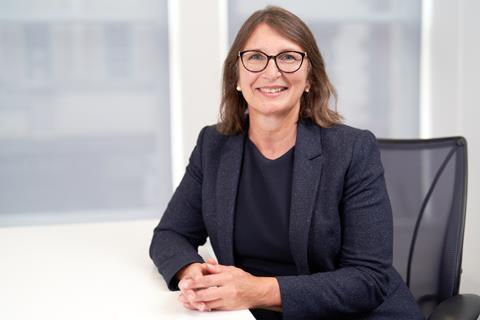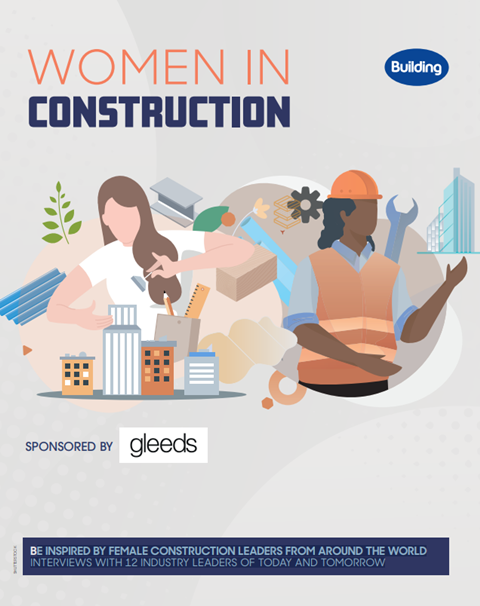This is part of a special report produced in partnership with Gleeds
After 40 years in the industry, it is impossible not to see Jane Richards’ passion for her work in the built environment.
Richards is head of the building structures team in the UK for WSP. It is a team of about 300 structural engineers and sits within the company’s property and buildings business.

An undeniable leader in her field, Richards’ passion and commitment to finding her way in the sector was there from the outset.
Recalling her pathway through university, she says: “I selected civil engineering at university, but decided to do it as a sandwich course just to make sure that the things that we were studying were of interest to me and see what the possible career options were.”
>> Special report: Women in construction
She recalls writing off to contractors, clients and consultancies seeking answers on what her career could look like, in a world free from internet searches and without clear pathways laid out before her.
This enthusiasm is still something she holds close – saying that her career has largely been shaped by her willingness to say yes.
“I’m not necessarily saying that’s the right thing and right advice for everyone, but I’ve tended to just take any opportunity that comes along, and I’ve rarely said ‘no, I’m not interested in that one’. And I think that has actually been the thing that has really changed my career.”
However, Richards concedes this can bring its own set of challenges.
She says that, as a woman, construction can be an environment where you feel a lot of pressure to fit in. While this is a challenge, she says, it imperative that people – or, in the frame of this conversation, women – remain true to who they are.
“What we do is very complex and challenging at times, and that does create all sorts of tensions – but also I think it really does foster a lot of collaboration as well,” she says.
A mother to two adult children and a grandmother of just a few months, Richards adds that there are obvious challenges when it comes to balancing home and work responsibilities.
However, she does feel the industry as a whole has made huge strides as a result of the flexibility in hybrid working that followed in the wake of covid.
She adds that in order to ensure women have equal opportunities within construction professions, it is important these flexible options are also taken up by men – otherwise women can still fall behind in the eyes of managers, colleagues or companies.
While the extent of flexible working will vary depending on what exactly you’re doing and how you like to work, she says, it’s definitely an option that improves people’s work/life balance.
“It’s also just about being able to give their most to their career as well as their home lives. It’s about enabling them to contribute to their maximum – which is, I think, sometimes a message that gets lost a bit,” she adds.
This work/life balance is something on which Richards has long prided herself, saying that deciding to return to work when her children were young was one of her proudest career achievements.
“I was taking on new things and progressing; balancing all of that, I think, was pivotal then. You never do that alternative parallel path to see if anything would have been different, but I’m proud of what I achieved on both fronts.”
Richards adds that she is hopeful the increasing number of women in senior positions will inspire more young women to stick with the industry.
She cites both Ann Bentley and Rachel Skinner as inspiring leaders for the sector, but stops short when asked if she would consider herself to be an inspiring role model.
“That would be incredibly big-headed now, wouldn’t it?” she says with a laugh.
Download now




























No comments yet